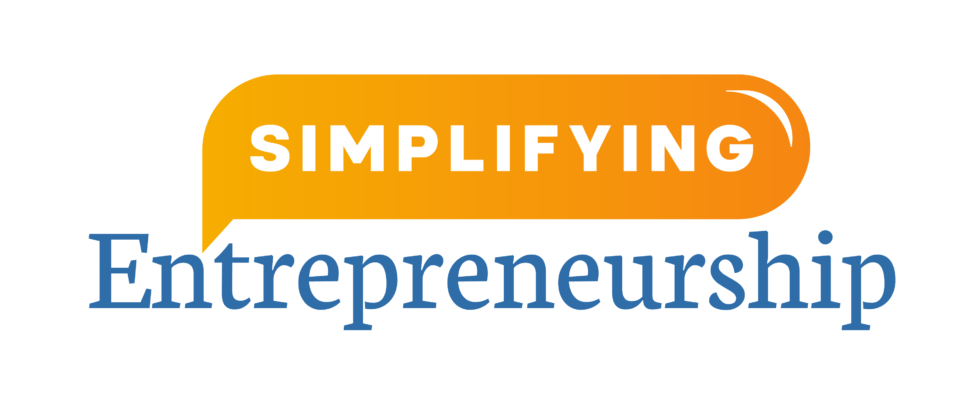Balancing your business’s finances can feel like walking a tightrope. On one side, you’ve got profitability—keeping costs low and income high. On the other, cash flow—ensuring you’ve got enough money on hand to cover everyday expenses. Both are essential, and finding that perfect balance can determine whether your business thrives or struggles. Here’s how to keep both in check and position your business for long-term success.
Why Profitability and Cash Flow Are Equally Critical
Profitability is your bottom line—it shows whether your business is making more money than it spends. Think of it as the fuel for your business engine.
Cash flow, on the other hand, is the oil that keeps the engine running. You might be profitable on paper but still struggle to pay bills if your cash isn’t flowing smoothly.
Getting these two to work together is the key to financial stability. Let’s explore some practical strategies to make it happen.
1. Shorten Your Cash Cycle to Keep Money Moving

Do you have customers who take their time paying invoices? That delay can choke your cash flow. Here’s how to speed things up:
- Offer Early Payment Discounts: Reward customers who pay quickly. A small discount can encourage timely payments.
- Tighten Payment Terms: Instead of 60-day terms, try 30 or even 15 days.
- Automate Invoicing: Set up automatic reminders to ensure clients don’t “forget” about their due dates.
Pro Tip: Every day you shave off your cash cycle means more money in your account to cover expenses and reinvest in growth.
2. Boost Operational Efficiency and Cut Wasted Costs

Waste drains your business, both in time and money. Look at your processes and ask:
- Are there bottlenecks slowing things down?
- Can you automate repetitive tasks?
- Are you spending on things that don’t add value?
Streamlining operations not only saves money but also improves your profit margins.
Quick Wins:
- Go paperless to save on printing costs.
- Outsource non-core activities like payroll or IT support.
- Renegotiate contracts with suppliers for better rates.
3. Build Predictable Income with Recurring Revenue

Recurring revenue is a game changer. It’s steady, predictable, and makes your business more attractive to buyers.
How to Create Recurring Revenue:
- Offer Maintenance Contracts: If you sell a product, offer ongoing service packages.
- Subscription Models: Turn one-time purchases into monthly or yearly subscriptions.
- Retainers for Services: Secure long-term agreements with clients for regular work.
Having this steady stream of income is like having a safety net—it cushions your finances during slow periods.
4. Manage Your Working Capital Wisely
Cash sitting idle in a bank account isn’t doing much for you. But having too little can leave you scrambling to cover expenses. The trick is finding the sweet spot:
- Keep a Cushion: Always have enough to cover at least three months of operating expenses.
- Invest Smartly: Put excess cash in high-interest savings accounts or low-risk investments.
- Revisit Your Budget: Regularly update your budget to reflect changes in your income and expenses.
Remember: Cash is like oxygen for your business. Without it, even profitable companies can suffocate.
Why Buyers Care About Cash Flow
If you’re thinking about selling your business, know this: buyers will scrutinize your cash flow. They want to see a company that’s not just profitable but also well-managed and financially stable. Clean, organized cash flow statements show that your business is built for the long haul—not just a flash in the pan.
Keep Adjusting: Financial Balance Is an Ongoing Process
Balancing profitability and cash flow isn’t a one-and-done task. It’s like tending a garden—you need to water it regularly and pull out weeds to keep it healthy. Regular check-ins and adjustments will help you stay on track.
Ask Yourself:
- Are my profits growing steadily?
- Is my cash flow strong enough to cover all expenses?
- Am I making smart investments with surplus cash?
If the answer to any of these is “no,” it’s time to make some changes.
Ready to Take Control of Your Business Finances?
Start by assessing where your business stands today. Tools like the Value Builder assessment can provide valuable insights into your financial health and help you plan your next steps.
For more tips and strategies, check out the Business Owner Breakthrough podcast. It’s packed with actionable advice to help you steer your business toward success.
Want to chat more about optimizing your cash flow and profitability? Visit theexitreadybusiness.com for more details.




0 Comments